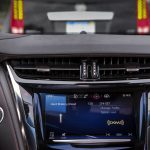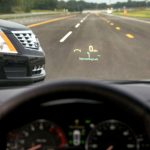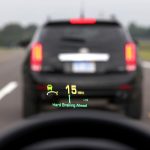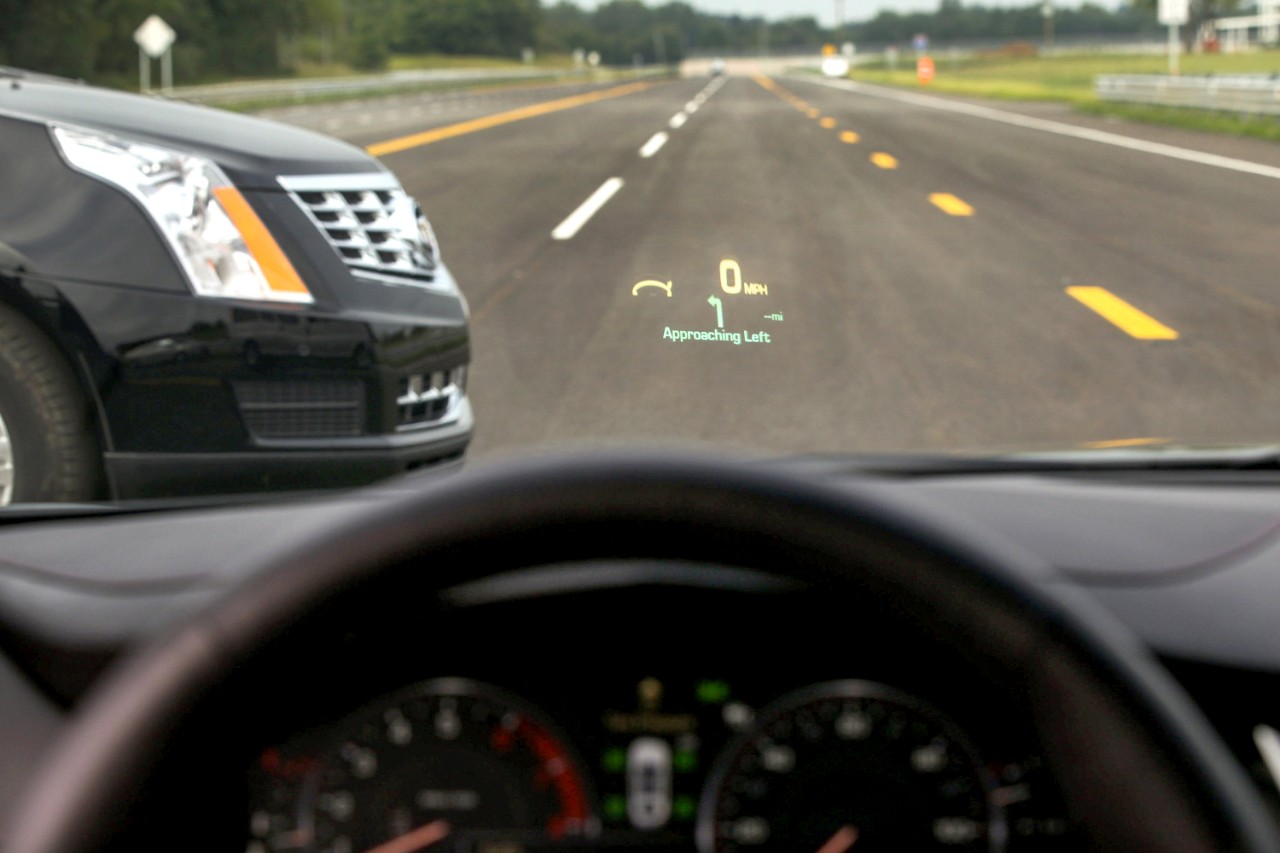
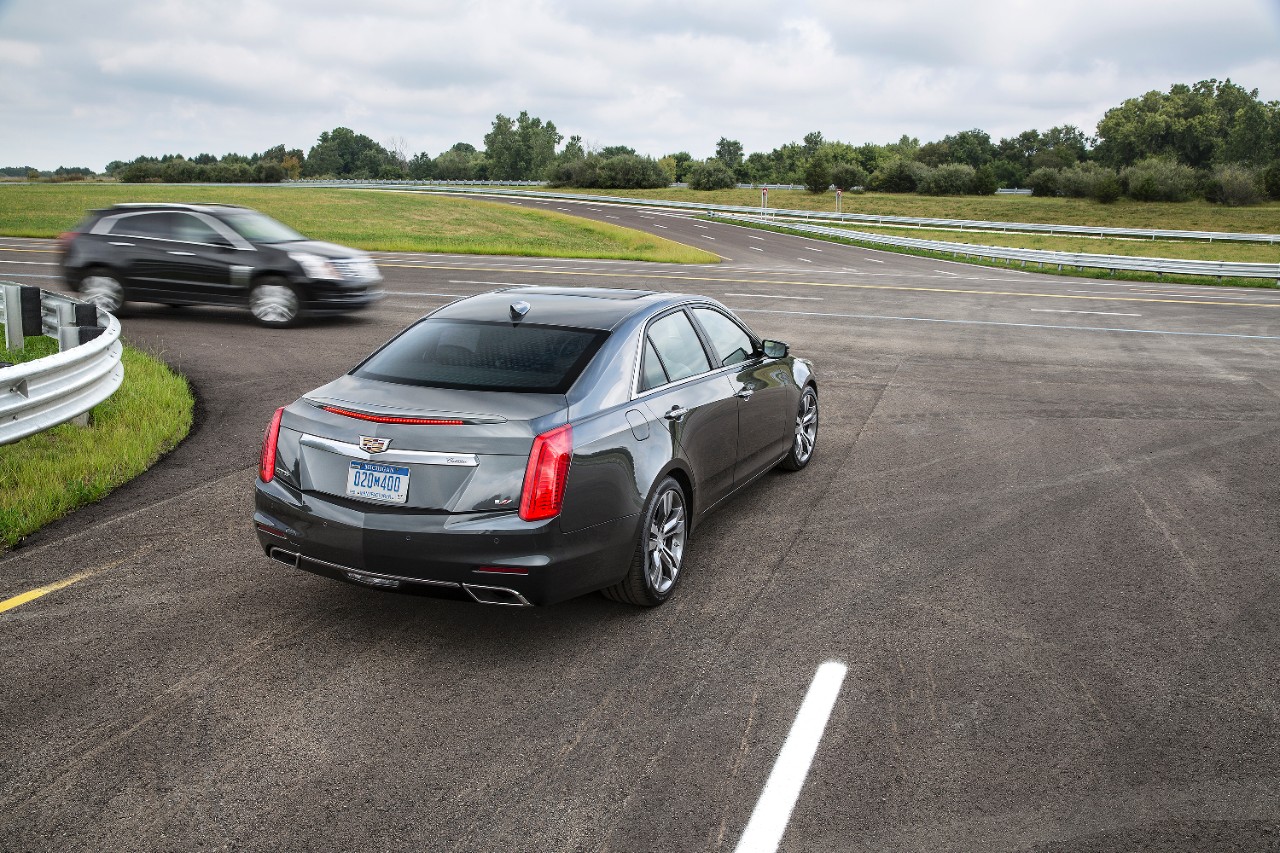
A 2015 Cadillac CTS, equipped with V2V technology, notifies the driver of the approaching Cadillac SRX from the left before the driver could see the vehicle.
I received my driver’s license 15 years ago. Since then I’ve been involved in five accidents, received six speeding tickets, and have been to traffic school twice.
And I consider myself to be a good driver.
Obviously, my driving record says otherwise, but when you consider I spend an average of two hours per day driving; it’s not that bad. Especially when you factor in all the “bad” drivers I have to share the road with.
It’s actually a miracle I’ve only been involved in five accidents.
Whether you’re a good driver or a bad driver is irrelevant – car accidents can happen to anyone. And this is why I can’t wait for driverless vehicles to take control of our roads.
It’s Not Hard to Get into An Accident and It’s Also Expensive
According to a recent study conducted by the National Highway Traffic Safety Administration (NHTSA), motor vehicle crashes cost Americans $871 billion in economic and societal harm. Economic costs alone are nearly $900 for each American citizen. And the bad news is that it’s very easy to get into a car accident because there are so many reasons for them to happen.
Behavioral Factors that Contribute to Car Accidents:
Drunk Driving
Crashes caused by drivers under the influence of alcohol accounted for 18 percent of the total economic loss due to motor vehicle crashes and cost the nation $49 billion, an average cost of $158 for every person in the U.S. Including lost quality of life, these crashes were responsible for $199 billion or 23 percent of the overall societal harm caused by motor vehicle crashes. Over 90 percent of these costs occurred in crashes involving a drunk driver with a blood alcohol concentration (BAC) of .08 or higher.
Speeding
Crashes involving a speeding vehicle traveling over the posted speed limit or too fast for conditions accounted for 21 percent of the total economic loss and cost the nation $59 billion in 2010, an average cost of $191 for every person in the U.S. Including lost quality of life, these crashes were responsible for $210 billion or 24 percent of the overall societal harm caused by motor vehicle crashes.
Distraction
Crashes involving a distracted driver accounted for 17 percent of the total economic loss and cost the nation $46 billion in 2010, an average cost of $148 for every person in the U.S. Including lost quality of life, these crashes were responsible for $129 billion or 15 percent of the overall societal harm caused by motor vehicle crashes.
Pedestrians and Bicyclists
Crashes involving pedestrians and bicyclists accounted for 7 percent of the total economic loss and cost the nation $19 billion in 2010. Including lost quality of life, these crashes were responsible for $90 billion or 10 percent of the overall societal harm caused by motor vehicle crashes.
Failure to Wear Seatbelts
Seatbelt use prevented $69 billion in medical care, lost productivity, and other injury related costs. Conversely, preventable fatalities and injuries to unbelted occupants accounted for 5 percent of the total economic loss and cost the nation $14 billion in 2010. Including lost quality of life, failure to wear seatbelts caused $72 billion or 8 percent of the overall societal harm caused by motor vehicle crashes.
Driving is dangerous and it’s not getting any safer. As more people get behind the wheel, all the behavioral factors listed above will increase and lead to more car accidents. Fortunately, driverless cars are in the horizon and they may be on the roads sooner than you think.
Intelligent and Connected Vehicles Will Arrive by 2017
Since 1902, Cadillac has been recognized as a leading luxury car brand. But starting in 2017, they will be known for being the first major automaker to introduce advanced driver assist technology into their vehicles. While not completely driverless, Cadillac’s Super Cruise and Vehicle-to-Vehicle (V2V) communication technology will offer a new type of driving experience not offered by anywhere else.
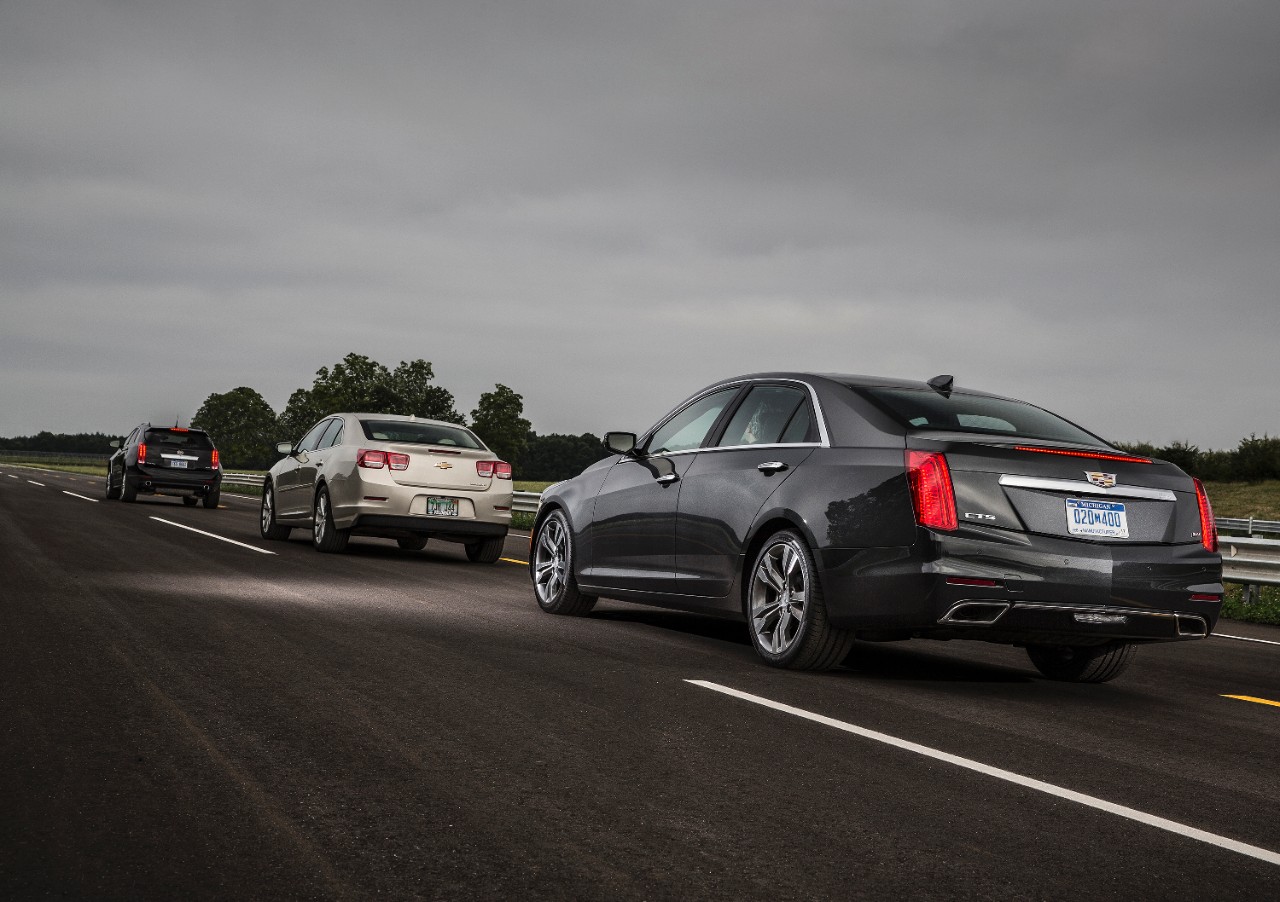
A 2015 Cadillac CTS, equipped with V2V technology, notifies the driver of a hard braking Cadillac SRX located two cars ahead.
“A tide of innovation has invigorated the global auto industry, and we are taking these giant leaps forward to remain a leader of new technology. We are not doing this for the sake of the technology itself. We’re doing it because it’s what customers around the world want. Through technology and innovation, we will make driving safer.”
– Mary Barra, General Motors CEO
Super Cruise and V2V will include features like hands-free lane following, braking and speed control. The system is designed to work in both bumper-to-bumper traffic and long road trips while simultaneously increasing the comfort of attentive drivers. The end result will be less traffic collisions and improved traffic congestion – two things that everyone can appreciate.
Super Cruise and V2V Features:
- Sends and Receives Basic Safety Information
- Tracks Location
- Monitors Speed
- Follows Driving Directions
- Senses Distance Between Vehicles
- Warns Drivers About Collisions
Super Cruise and V2V will initially only be offered on select 2017 Cadillac models, but the technology could soon spread into other GM vehicles. Some of the technology is already available on many production cars and if Cadillac’s experiment proves to be a success, other automakers will hopefully follow suit.
It may not happen overnight, but it’s clear that driverless vehicles may soon be a top priority for the auto industry – and it should be.
As the number of drivers increases, so will the accident rate. It has never been more imperative to find solutions to keep people safe on the roads and I’m ready to let my car do all the work. Are you?
I just hope my car is a better driver than me.
While you wait for your new driverless car to be made, shop at Newegg Automotive and take care of the one you have.

